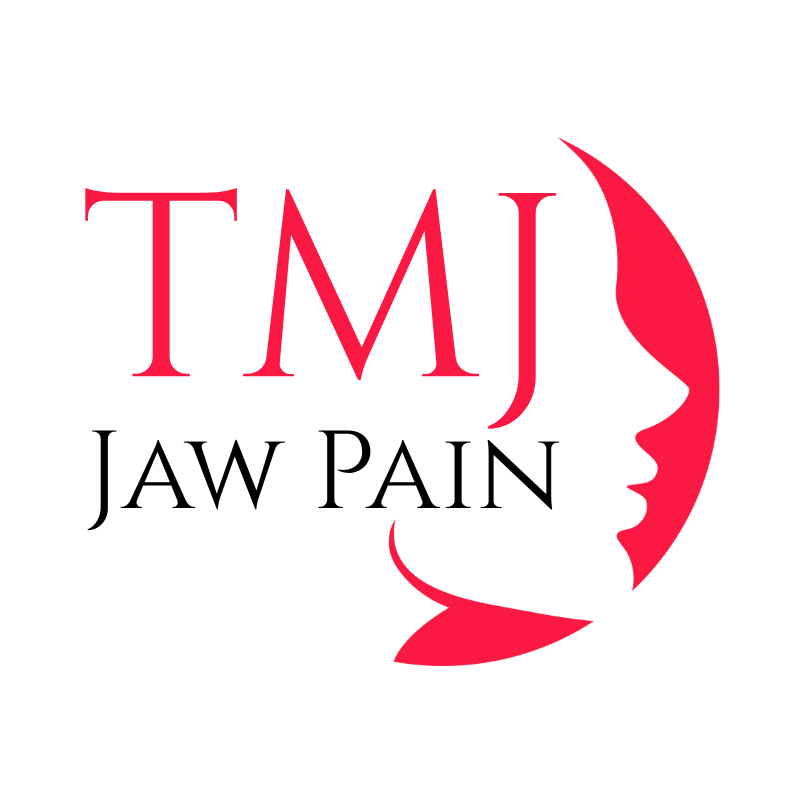Botox vs. Splint for TMJ
- By Christopher Green
- Comments are off

Two leading non-surgical TMJ remedies—Botox injections and occlusal splints (night guards)—work by different mechanisms. Understanding their pros, cons, and outcomes helps you choose the right path.
Botox for TMJ
- Mechanism: Neuromodulator injections into masseter/temporalis muscles to reduce hyperactivity.
- Pros:
- Fast relief (3–7 days)
- Minimal downtime
- Lasts 3–4 months per session
- Cons:
- Requires repeat treatments
- Out-of-pocket cost per unit
- Outcomes: High patient satisfaction (>80% report significant pain reduction)
- Ideal Candidate: Chronic bruxers/clenchers who haven’t responded to splints.
Occlusal Splints & Night Guards
- Mechanism: Custom-fitted acrylic device worn at night to redistribute bite force and protect teeth.
- Pros:
- Protects enamel from grinding
- No injections required
- One-time fabrication (replacements 6–24+ months)
- Cons:
- Takes adaptation (gag reflex, speech)
- Only passive protection—no active muscle relaxation
- Outcomes: 50–70% report reduced pain, but many combine with other therapies for best results
- Ideal Candidate: Mild-to-moderate grinders and first-line conservative therapy seekers.
Head-to-Head Comparison
| Feature | Botox for TMJ | Occlusal Splint |
|---|---|---|
| Onset of Relief | Days | Weeks |
| Duration | 3–4 months | Ongoing nightly use |
| Invasiveness | Minimally invasive | Non-invasive |
| Cost | $500–$1,200/session | $300–$800/device |
| Patient Comfort | Quick pinch | Adjustment period |
Making the Choice
- Severe, chronic pain: Consider Botox first.
- Protecting teeth & mild pain: Start with a splint.
- Combination approach: Many achieve optimal, layered relief by pairing both.


